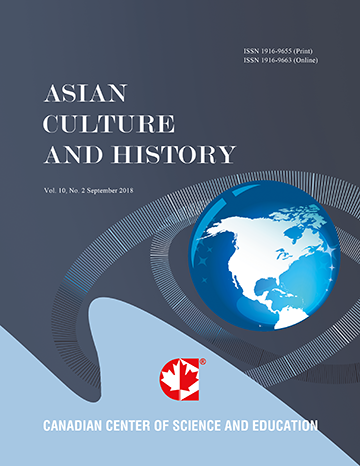Silk Patterns: Conservation and Development of Traditional Thai silk Production for Added Commercial Value in Khon Kaen Province
- Kasinee Sawasdee
- Boonsom Yodmalee
- Kosit Phaengsoi
Abstract
Silk patterns are examples of fine art that show the valuable culture and identity of Thai communities. This is a qualitative research and the researchers used a purposive sampling technique to identify four districts in Khon Kaen province for assessment by means of survey, observation, interview, focus group discussion and workshop. The history and development of silk patterns in Khon Kaen province occurred from a process of pattern making called mudmee. The techniques were passed from generation to generation, copying plant and animal patterns in nature. Silk patterns developed in three ways: 1) using mudmee patterns as a model; 2) imitating television, fashion magazines and other media; 3) following specific commission specifications of customers. Production processes are mudmee (silk blending) and tammee (silk marking), which require original wooden equipment reinforced with steel for strength and electrical motors for speed. Both simple silk fibres and factory silk fibres are used and patterns are created based on traditional designs. In order to develop silk pattern production for added commercial value, original patterns with contemporary character must be chosen and expanded as bigger and more varied products, such as handbags. New silk patterns sold in local and regional markets will boost the income of people in Khon Kaen Province.
- Full Text:
 PDF
PDF
- DOI:10.5539/ach.v7n1p41
Journal Metrics
Google-based Impact Factor (2017): 5.42
h-index (January 2018): 11
i10-index (January 2018): 21
h5-index (January 2018): 6
h5-median (January 2018): 9
Index
- Academic Journals Database
- CNKI Scholar
- COPAC
- EconPapers
- Elektronische Zeitschriftenbibliothek (EZB)
- Excellence in Research for Australia (ERA)
- Genamics JournalSeek
- Google Scholar
- Infotrieve
- LOCKSS
- MIAR
- NewJour
- Open J-Gate
- PKP Open Archives Harvester
- Publons
- RePEc
- Scilit
- SHERPA/RoMEO
- Standard Periodical Directory
- Technische Informationsbibliothek (TIB)
- The Keepers Registry
- Universe Digital Library
- WorldCat
Contact
- Ivan YongEditorial Assistant
- ach@ccsenet.org
